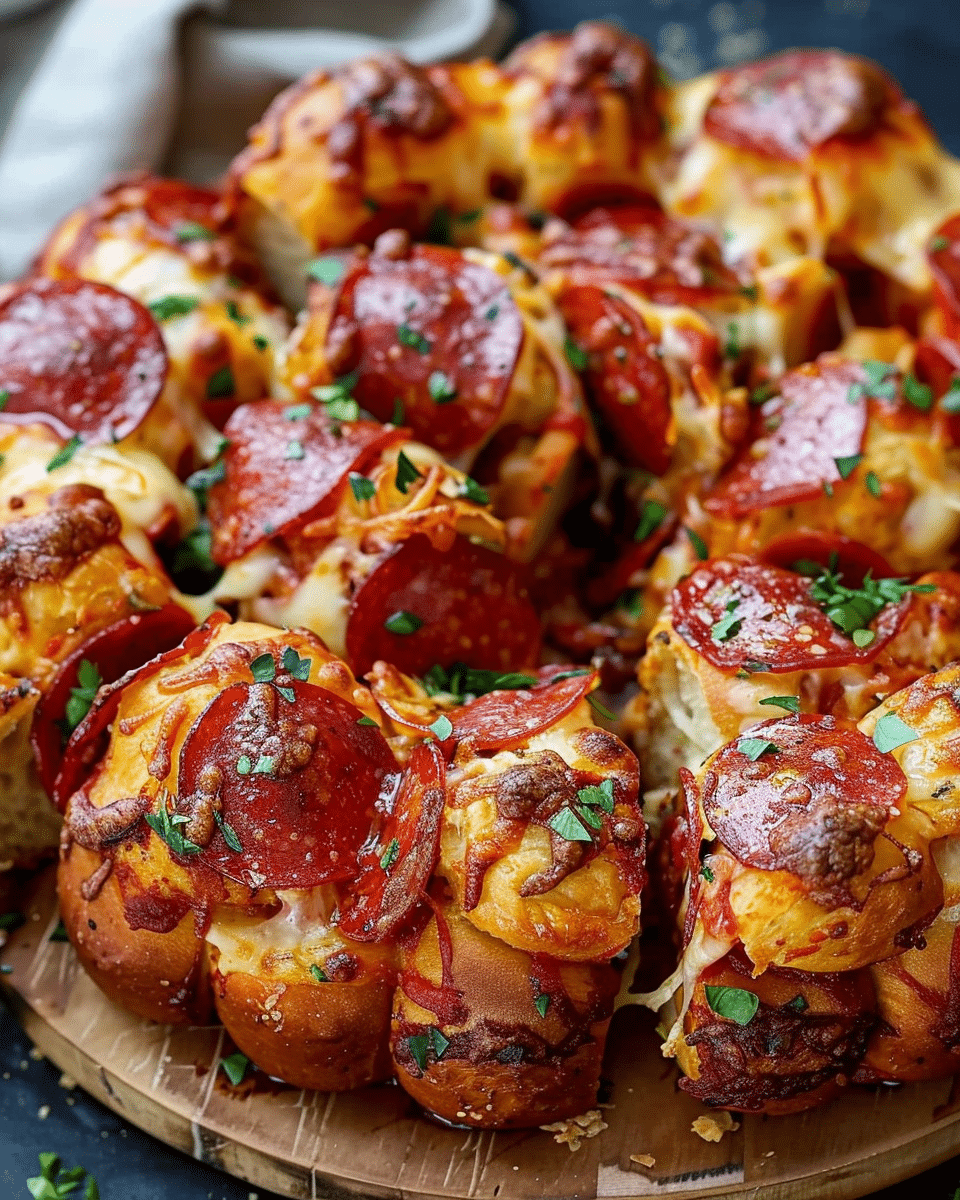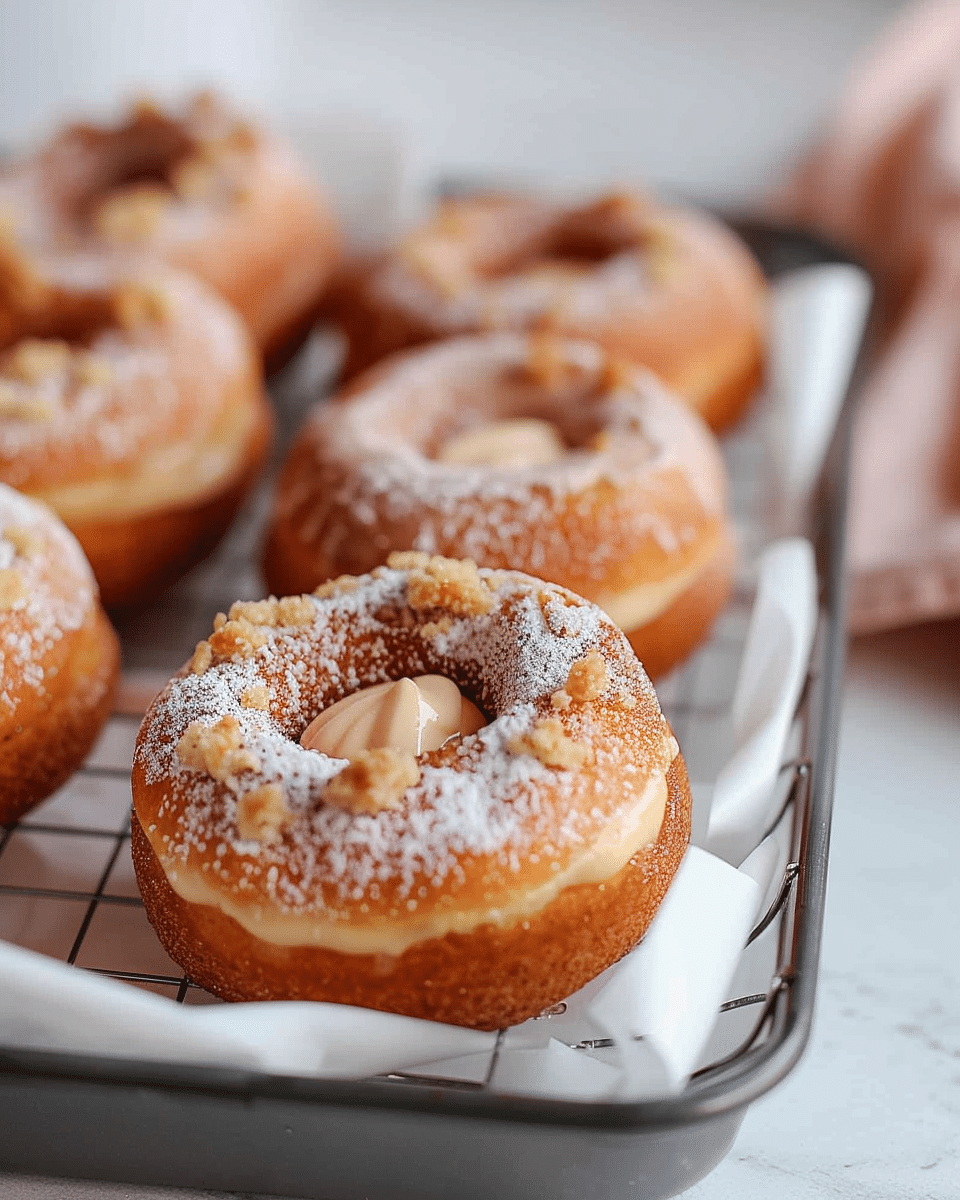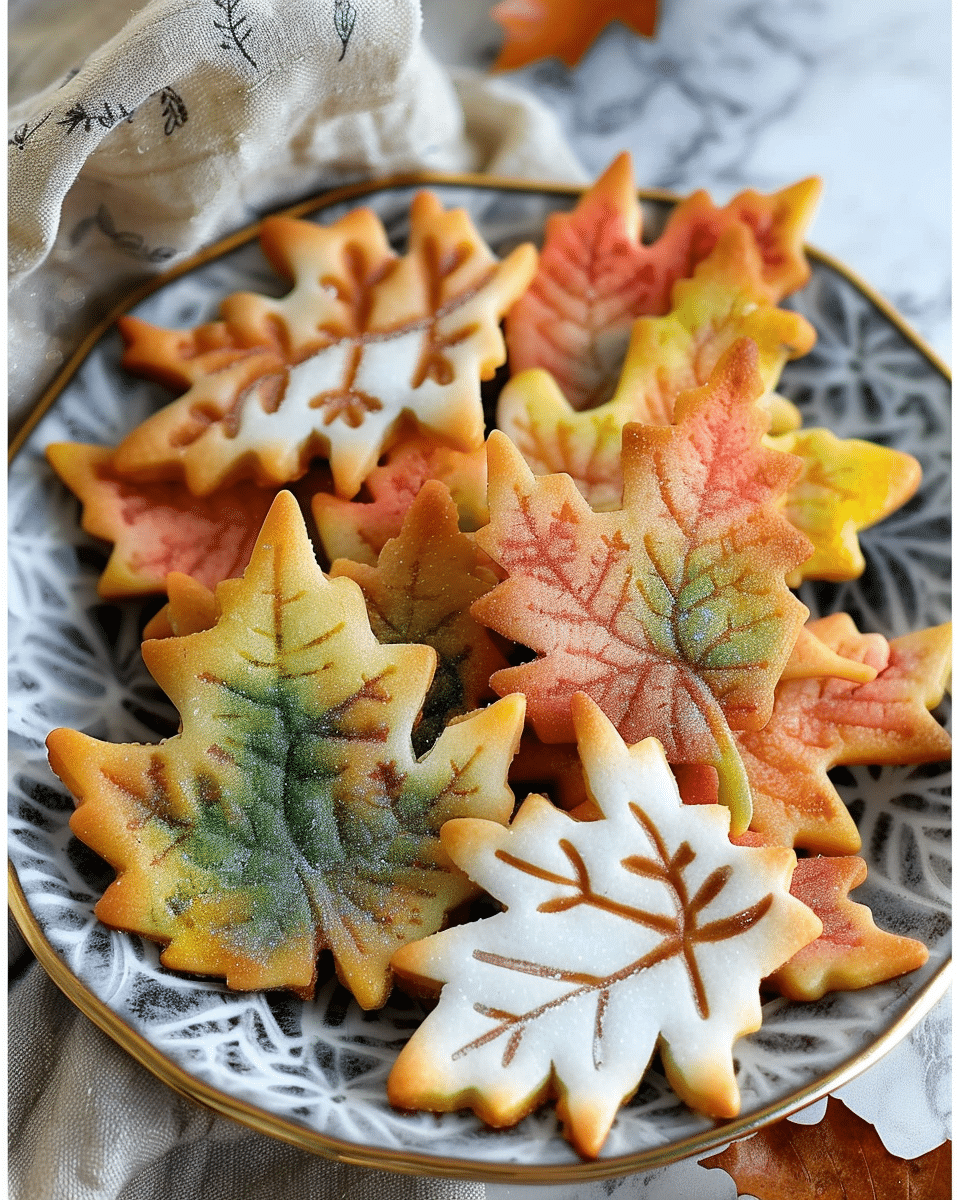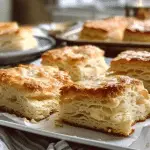Cakes have been a staple in celebrations and gatherings for centuries. Their rich history, diverse flavors, and cultural significance make them a favorite among many. But when we think of desserts, a plethora of options come to mind. So, where does cake fit in? Let’s embark on a delicious journey to find out.
Is Cake a Dessert?
Absolutely! Cakes are a prominent member of the dessert family. Their sweet taste, soft texture, and versatility make them a go-to choice for many dessert lovers. Whether it’s a birthday, wedding, or just a regular day, cakes have a special place in our hearts and on our plates.
Understanding Cakes: History of Cakes
Cakes have been an integral part of human culture for millennia. Their evolution from simple honey-sweetened breads to the intricate creations of today mirrors changes in our tastes, technology, and global influences. Here’s a structured look at their rich history:
Ancient Beginnings
The origins of cakes date back to ancient civilizations. The Egyptians, Greeks, and Romans all had versions of cake-like desserts. They were typically sweetened with honey and studded with nuts and fruits.
Medieval Delights
During the Middle Ages, cakes were more akin to bread. Honey remained a popular sweetener, and desserts like fruitcakes and gingerbread began to emerge. The wider availability of sugar gradually shifted sweetening habits.
Renaissance Innovations
By the Renaissance, cake designs and tastes began to refine. Marzipan, a sweet paste of almond meal and sugar, became a favorite. The word “cake” itself, derived from the Old Norse “kaka”, entered more common usage. Learn more about Renaissance culinary delights here.
18th Century Progress
The Industrial Revolution of the 18th century brought about significant change. Baking ingredients became more accessible, and the first printed cake recipes emerged, democratizing the art of cake-making. Read about the Industrial Revolution’s impact on food here.
The 19th Century Transformation
A pivotal era, the 19th century introduced baking powder and baking soda, revolutionizing cake textures. The era also gave birth to iconic cakes like the Victoria Sponge and saw the growing popularity of chocolate cakes.
20th Century Global Explosion
Home ovens and cake mixes became household staples. The world witnessed a boom in cake varieties, from the Black Forest cake of Germany to the American red velvet. The tradition of birthday cakes with candles also gained universal appeal.
21st Century Expressions
In the modern era, cakes transcended their role as mere desserts. Cake decorating became an art form, with novelty and 3D cakes leading the charge. Additionally, organic, gluten-free, and vegan cake varieties emerged, catering to diverse dietary needs.
The journey of cakes, from their ancient origins to their modern-day avatars, is a testament to human creativity and the universal love for sweet treats.
Different Types of Desserts
Desserts are a delightful part of many cultures around the world. They come in various forms, textures, flavors, and presentations. Here’s a list of different types of desserts:
Cakes & Pastries
- Layer Cake
- Cheesecake
- Cupcakes
- Eclairs
- Tarts
- Danishes
Cookies & Biscuits
- Chocolate Chip Cookies
- Macaroons
- Gingerbread
- Shortbread
- Biscotti
Frozen Desserts
- Ice Cream
- Gelato
- Sorbet
- Frozen Yogurt
- Popsicles
Puddings & Mousses
- Chocolate Pudding
- Rice Pudding
- Bread Pudding
- Tiramisu
- Chocolate Mousse
Fruits & Jellies
- Fruit Salad
- Poached Pears
- Fruit Tarts
- Jell-O
- Panna Cotta
Candies & Sweets
- Chocolates
- Truffles
- Fudge
- Toffees
- Caramels
Pies & Cobblers
- Apple Pie
- Cherry Pie
- Pecan Pie
- Peach Cobbler
- Blueberry Crumble
Traditional & Regional Desserts
- Gulab Jamun (India)
- Baklava (Middle East)
- Cannoli (Italy)
- Flan (Spain/Latin America)
- Mochi (Japan)
Custards & Creams
- Crème Brûlée
- Crème Caramel
- Bavarian Cream
- Pots de Crème
- Flan
Doughnuts & Sweet Breads
- Glazed Doughnuts
- Churros
- Beignets
- Cinnamon Rolls
- Babka
This is just a small sampling of the wide world of desserts. Each region around the globe has its unique and beloved sweet treats that are worth exploring and tasting!
Ingredients of a Typical Cake

The ingredients for a typical cake include:
- Flour: This is the main structure-building ingredient in most cakes. Typically, all-purpose flour or cake flour is used.
- Sugar: Granulated sugar is most commonly used in cakes to provide sweetness. It also adds moisture and aids in the browning process.
- Eggs: Eggs provide structure, moisture, and richness to the cake. They also act as a binding agent.
- Butter or Oil: This ingredient contributes to the cake’s moisture, flavor, and tenderness. Butter adds a distinct flavor, while oil generally makes a cake moister.
- Baking Powder or Baking Soda: These are leavening agents that help the cake rise. Some recipes might use one, the other, or a combination of both, depending on the desired texture and the other ingredients in the recipe.
- Milk or Another Liquid: This can be milk, buttermilk, yogurt, or even water. The liquid helps to bind the dry ingredients and contributes to the cake’s moisture.
- Vanilla Extract: This is a common flavoring agent in cakes. Some cakes may use other extracts or flavorings, such as almond, lemon, or chocolate.
- Salt: A small amount is usually added to enhance the flavors and balance the sweetness.
- Optional Add-ins: Depending on the specific cake recipe, you might also find ingredients like cocoa powder (for chocolate cakes), fruits (like blueberries or bananas), nuts (like walnuts or almonds), spices (like cinnamon or nutmeg), or other flavor-enhancing ingredients.
To make a cake, these ingredients are typically mixed in a specific order, poured into a prepared pan, and then baked in an oven. The exact method and baking time can vary depending on the specific type of cake and recipe used.
Related Post: Are You Kidding Me Cake Recipe – 4 Ingredients
Cultural Significance of Cakes
The cultural significance of cakes spans various societies, epochs, and occasions. This delicious treat, often associated with sweetness and celebration, holds a unique place in many cultures. Below is a detailed look at the cultural significance of cakes:
The Celebration Connection
Cakes are synonymous with celebrations. Be it birthdays, weddings, anniversaries, or graduations, cakes have become an almost indispensable part of festive occasions.
Milestones and Rituals
Birthdays are a testament to personal milestones. The tradition of celebrating birthdays with cake can be traced back to ancient Roman times. The act of placing candles on a birthday cake has German origins, with each candle symbolizing a year of life and a wish for the future.
Wedding Cakes: A Symbol of Unity
In many cultures, the wedding cake symbolizes unity, prosperity, and fertility. The act of cutting the cake together signifies the beginning of a shared life, while feeding each other a piece symbolizes trust and commitment.
Historical Roots of Cakes
The word “cake” originates from the Old Norse word “kaka.” Historically, cakes were often more bread-like, sweetened with honey. Ancient civilizations, like the Egyptians and Romans, had their own versions of cakes.
Religious Ties and Traditions
Cakes have found their way into religious practices. From the “Twelfth Night cake” of Christian traditions to cakes in Eastern Orthodox ceremonies, they have a spiritual significance.
Cultural Cake Variations
Different cultures have unique cake variations. Mooncakes in Chinese culture, Tres Leches Cake in Latin America, and Babka in Eastern European traditions highlight the diversity of cakes worldwide.
Economic and Social Significance
The type and decoration of a cake often reveal socio-economic indicators. Historically, white cakes, made with refined sugar, were symbols of wealth and social standing.
Cake Artistry and Trends
Cake decoration has become an art form. Competitions and TV shows like “Cake Boss” showcase the craft’s intricacies, emphasizing its evolution and modern importance.
Gifting with Cakes
Cakes are often gifted to convey thoughtfulness and well-wishes, emphasizing their role in social interactions.
Comfort in Every Slice
Beyond grand occasions, cakes serve as comfort food, providing solace and warmth, especially when paired with beverages like tea or coffee.
Health Implications of Cakes
- Sugar Content: Most cakes are high in sugar. Consuming foods with excessive sugar can lead to weight gain and a higher risk of heart disease, type 2 diabetes, obesity, and cavities.
- Caloric Density: Cakes are calorie-dense, meaning they pack a lot of calories in a small amount. This can contribute to weight gain if one consumes more calories than the body burns.
- Saturated and Trans Fats: Many cakes, especially commercially made ones, contain saturated fats and possibly trans fats. These fats can raise LDL (“bad”) cholesterol levels, increasing the risk of heart disease.
- Refined Carbohydrates: Cakes often contain refined flours. Consuming too many refined carbohydrates can lead to blood sugar spikes and has been associated with insulin resistance, type 2 diabetes, and obesity.
- Artificial Additives: Some commercial cakes contain artificial colors, flavors, and preservatives. While many of these additives are deemed safe in small amounts, some individuals might be sensitive or allergic to them.
- Potential for Overconsumption: Because of the delicious taste and texture, it’s easy to eat more cake than intended, which can contribute to overeating and, consequently, health issues associated with excessive calorie and sugar intake.
- Nutritional Void: While cakes are high in calories and sugar, they typically offer little in terms of essential vitamins, minerals, and other nutrients. This means that they provide “empty calories” without much nutritional value.
On the Positive Side:
- Social and Cultural Significance: Cakes often play a central role in celebrations and gatherings, fostering a sense of community, tradition, and joy.
- Moderation is Key: Enjoyed occasionally and in moderation, cakes can be part of a balanced diet without significant health implications.
- Healthier Variants: There are numerous recipes for healthier cakes that use whole grains, natural sweeteners, and include nutrient-rich ingredients like fruits, nuts, and seeds.
Summary:
While cakes can be delicious and play an important role in many cultural and social events, it’s essential to be aware of the health implications of frequent and excessive consumption. Opting for healthier variants, practicing portion control, and enjoying them as an occasional treat rather than a regular diet staple can help mitigate potential negative health impacts.
The Art of Cake Baking
Baking a cake is as much a science as it is an art. With the right techniques, tools, and a touch of creativity, one can craft a culinary masterpiece that’s not only visually stunning but also delectably delightful. Let’s delve into the world of cake baking and understand its nuances.
1. Understanding Ingredients:
- Flour: The backbone of most cakes. Depending on the type, it can give different textures. Cake flour, for instance, is finely milled and gives the cake a soft texture.
- Sugar: Not just a sweetener, but also contributes to the cake’s structure and moistness.
- Eggs: Provide structure and moisture. They can also add color and flavor.
- Fats (Butter, Oil): Give cakes a tender crumb. Butter also adds flavor.
- Leavening Agents (Baking Soda, Baking Powder): Helps the cake rise and become fluffy.
- Liquids (Milk, Buttermilk, Yogurt): Provide moisture and can affect the cake’s density.
2. Tools of the Trade:
- Mixing Bowls: Preferably of varying sizes.
- Measuring Cups and Spoons: Precision is key in baking.
- Electric Mixer: Useful for creaming butter and sugar or whisking eggs.
- Rubber Spatula: For folding in ingredients.
- Cake Pans: Depending on the type and size of the cake.
- Oven Thermometer: To ensure the accurate temperature for baking.
3. Techniques:
- Creaming: Mixing butter and sugar together until light and fluffy. This incorporates air, aiding in the rise of the cake.
- Sifting: Helps in aerating the dry ingredients, breaking up any lumps.
- Folding: Gently combining ingredients to retain the air in the mixture.
- Testing for Doneness: Use a toothpick or a thin knife. If it comes out clean from the cake’s center, it’s done.
4. Flavorings and Add-ins:
- Extracts: Vanilla, almond, and lemon are popular choices.
- Zest: Citrus zest can add a fresh, zingy flavor.
- Nuts and Dried Fruits: Give texture and depth of flavor.
- Spices: Like cinnamon, nutmeg, and cloves for a warm touch.
5. Decorating:
- Buttercream: A creamy, rich frosting suitable for piping and spreading.
- Fondant: A smooth, pliable icing that provides a polished look.
- Ganache: A mix of cream and chocolate, perfect for drizzling or coating.
- Fresh Fruits and Flowers: For a natural, vibrant finish.
6. Tips for a Perfect Cake:
- Always preheat your oven.
- Follow the recipe to the letter the first time, then adjust according to personal preference.
- Allow cakes to cool completely before decorating.
- Store in an airtight container to maintain freshness.
In essence, the art of cake baking is a delightful dance between science and creativity. As with any art, practice makes perfect. Each cake is a canvas, waiting to be transformed into a delectable piece of art. So, don your apron, gather your tools, and let the baking begin!
Popular Cake Flavors

Here are some popular cake flavors:
Classic Flavors
- Vanilla: A timeless choice that pairs well with almost any filling or frosting.
- Chocolate: Ranges from light and fluffy to dense and fudgy.
- Red Velvet: Cocoa-infused with a distinct red hue, typically paired with cream cheese frosting.
- Carrot: Made with grated carrots and spices, often topped with cream cheese frosting.
Fruity Varieties
- Lemon: Zesty and tangy, often infused with lemon zest and juice.
- Strawberry: Either fresh or flavored with strawberry puree for a sweet touch.
- Banana: Moist and sweet, sometimes featuring mashed bananas and walnuts.
- Blueberry: Made with fresh or frozen blueberries, offering a fruity burst.
Exotic and Unique Flavors
- Coconut: A tropical flavor incorporating shredded coconut or coconut milk.
- Coffee: Richly flavored with brewed coffee or espresso.
- Almond: A subtle nutty flavor achieved with almond extract or ground almonds.
- Matcha: Distinct green tea flavor and color.
- Tiramisu: More of a layered dessert, integrating coffee-soaked sponge and mascarpone cheese.
Festive and Special Occasion Cakes
- Funfetti or Confetti: Vanilla batter with colorful sprinkles for a festive look.
- Spice: A blend of spices making it especially popular during the fall.
- Pumpkin: Loved during autumn and holidays, spiced with cinnamon and nutmeg.
- Black Forest: A combination of chocolate, cherries, and whipped cream.
- German Chocolate: Chocolate cake with layers of coconut-pecan frosting.
Of course, the world of cake flavors is vast and continues to evolve with culinary trends and regional preferences. The above list includes some of the most universally recognized and loved flavors, but there are countless variations and unique combinations out there!
The Debate: Cake vs. Other Desserts
Desserts have been the crown jewel of culinary art, drawing passion and preference from people of all ages, cultures, and backgrounds. One particular debate has echoed through many dinner tables, parties, and bakeries: Cake vs. other desserts. Let’s dive into this delectable debate and weigh the pros and cons of each side.
Cake: The Timeless Classic
Pros:
- Variety and Versatility: From the humble pound cake to the intricate multi-layered creations, cakes come in a plethora of flavors, designs, and sizes. It can be tailored for any occasion, be it birthdays, weddings, or anniversaries.
- Universality: Cake is recognized and loved worldwide. Whether it’s a Tres Leches in Mexico, a Black Forest in Germany, or a Cheesecake in the U.S., almost every culture has its signature cake.
- A Canvas for Creativity: With fondant, icing, and decorations, cakes offer bakers a canvas to display their artistry both in flavor and aesthetics.
- Shared Experience: Cakes are often centerpieces of celebrations, fostering shared experiences among loved ones.
Cons:
- Caloric: Given the icing, layers, and size, cakes can be calorie-dense.
- Can be Overly Sweet: Depending on the preparation, some find cakes too sweet or rich for their palate.
Other Desserts: A World of Options
Pros:
- Diverse Range: From pies to pastries, ice creams to puddings, the variety is boundless. This allows for more choice based on one’s mood or preference.
- Adaptability: Some desserts can be adapted to different dietary needs. For instance, sorbets for the lactose-intolerant or sugar-free desserts for diabetics.
- Portion Control: Many desserts, like cookies or pastries, come in individual servings, making portion control easier.
- Seasonal Specialties: Certain desserts, like pumpkin pie or summer fruit tarts, resonate with specific seasons, enhancing the culinary experience.
Cons:
- Less of a Unifier: While universally loved, desserts like cookies or ice creams might not always bring people together the way a shared cake does at a celebration.
- Perishability: Some desserts, like mousse or gelato, may not have as long a shelf life as cakes.
Summary
While cakes hold a special place in our hearts as the iconic symbol of celebration and unity, other desserts offer a spectrum of flavors and experiences that cater to diverse tastes and occasions. It’s not a matter of one being superior to the other; it’s about the richness of choice and the joy that these sweet treats bring into our lives. The debate will continue, but one thing is certain: dessert will always have a special place on our plates and in our hearts.
FAQs
What genre is cake? Cake is primarily categorized under the dessert genre. It’s a sweet baked treat often enjoyed at the end of a meal or during special occasions.
Are cakes considered pastries? While both cakes and pastries are baked goods, they differ in ingredients and texture. Cakes are generally softer, while pastries can be flaky or crusty. So, cakes are not typically classified as pastries.
Are sweets a dessert? Yes, sweets are often considered desserts. Desserts encompass a range of sweet dishes, from cakes and pastries to candies and chocolates.
Is cake a snack or food? Cake is primarily seen as a dessert, but it can also be enjoyed as a snack. Regardless, it falls under the broader category of food.
Conclusion
Cakes, with their rich history and universal appeal, undoubtedly hold a special place in the world of desserts. Whether you’re celebrating a milestone or simply satisfying a sweet tooth, cakes are always a delightful choice.









